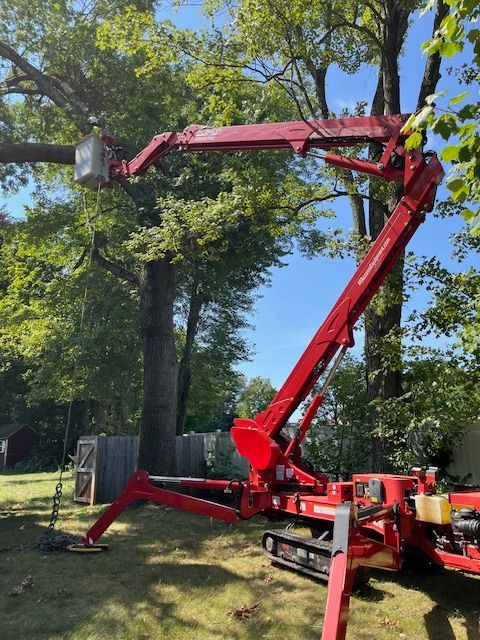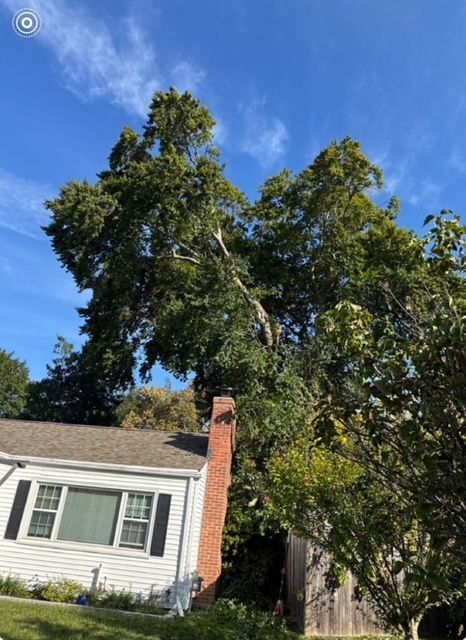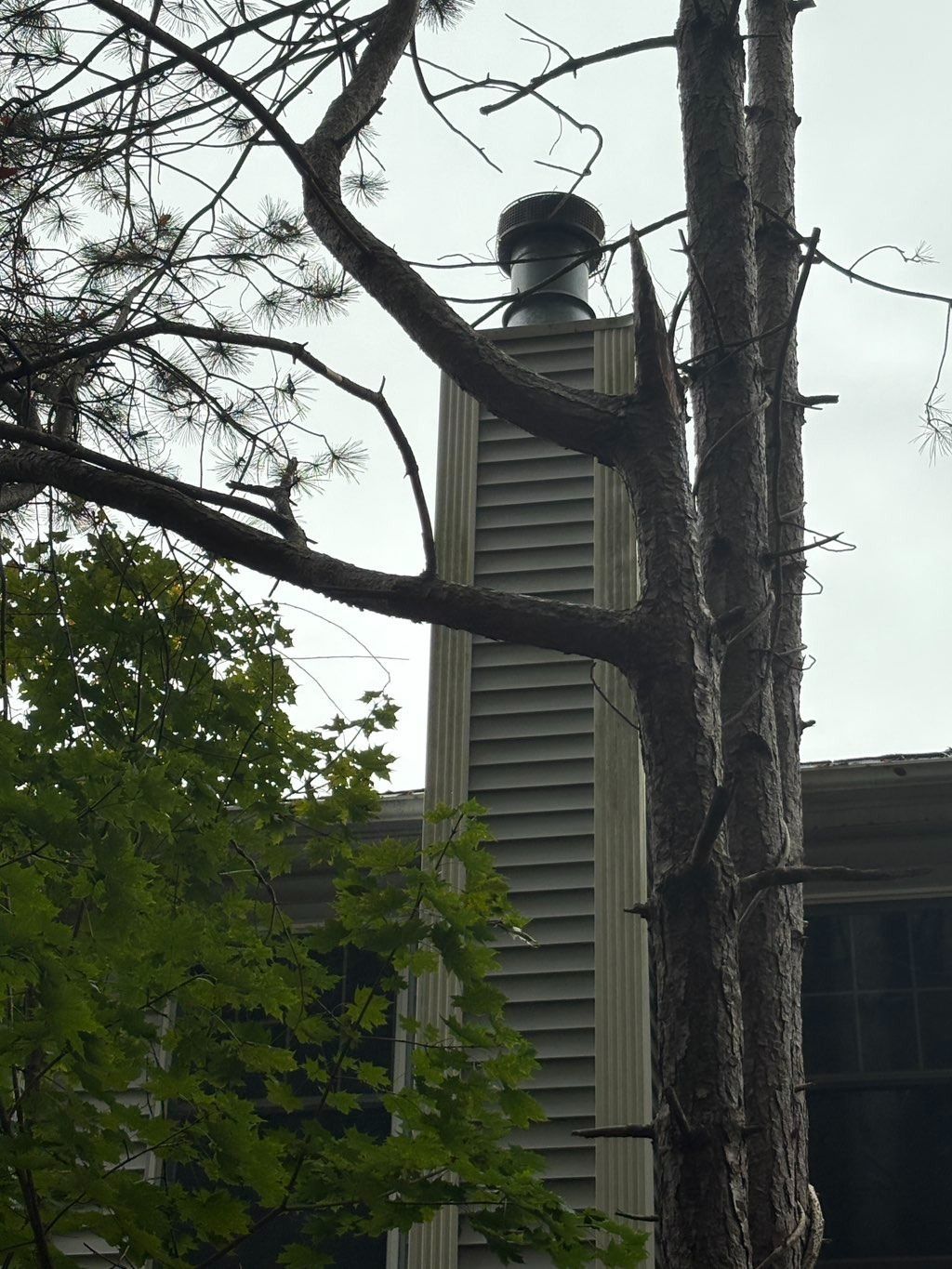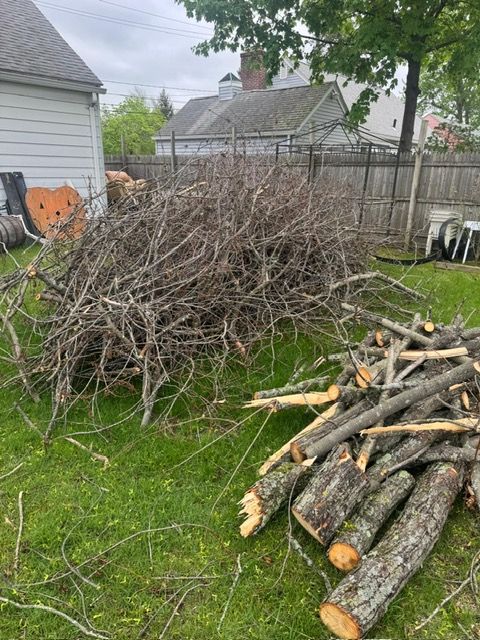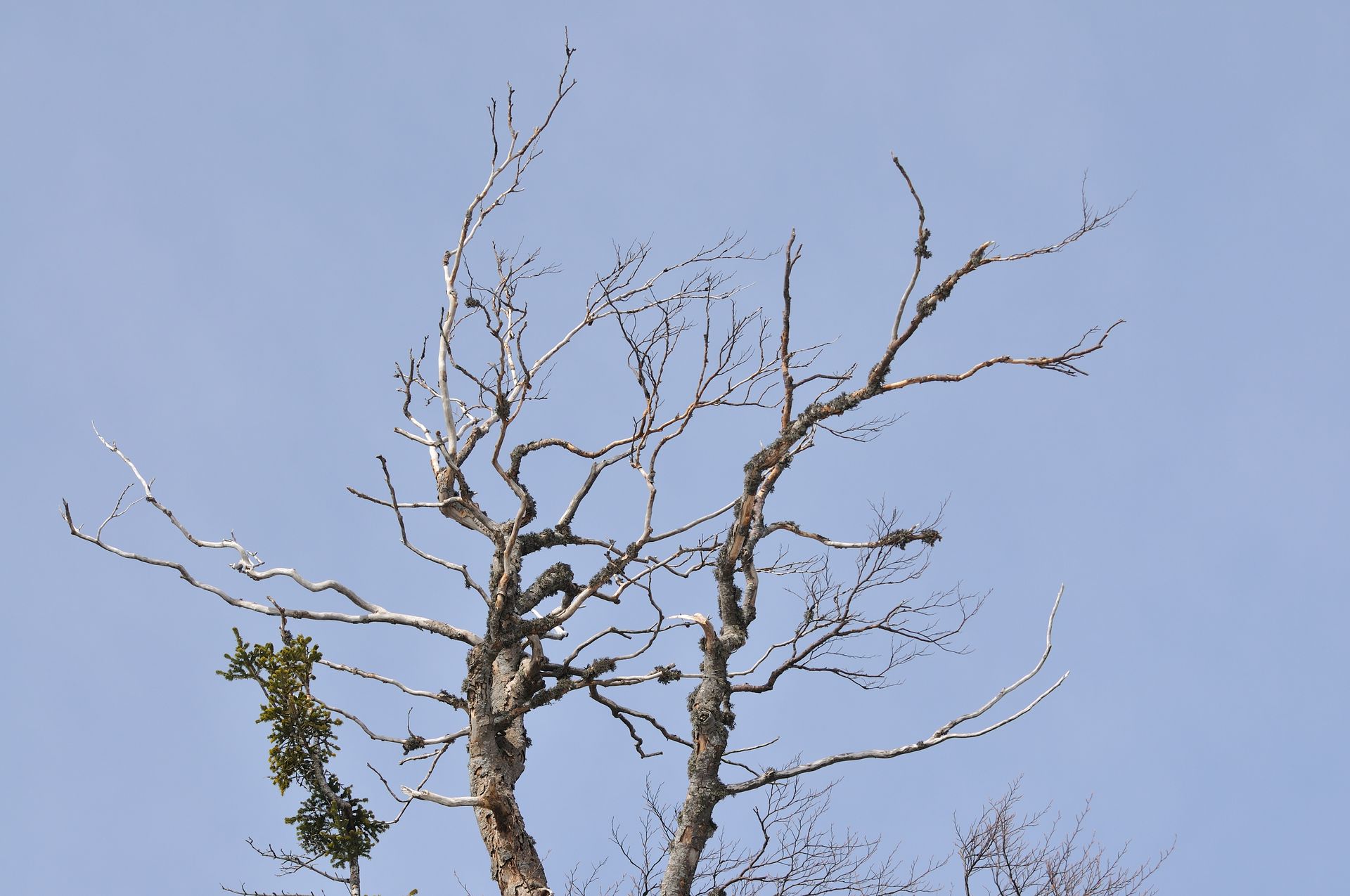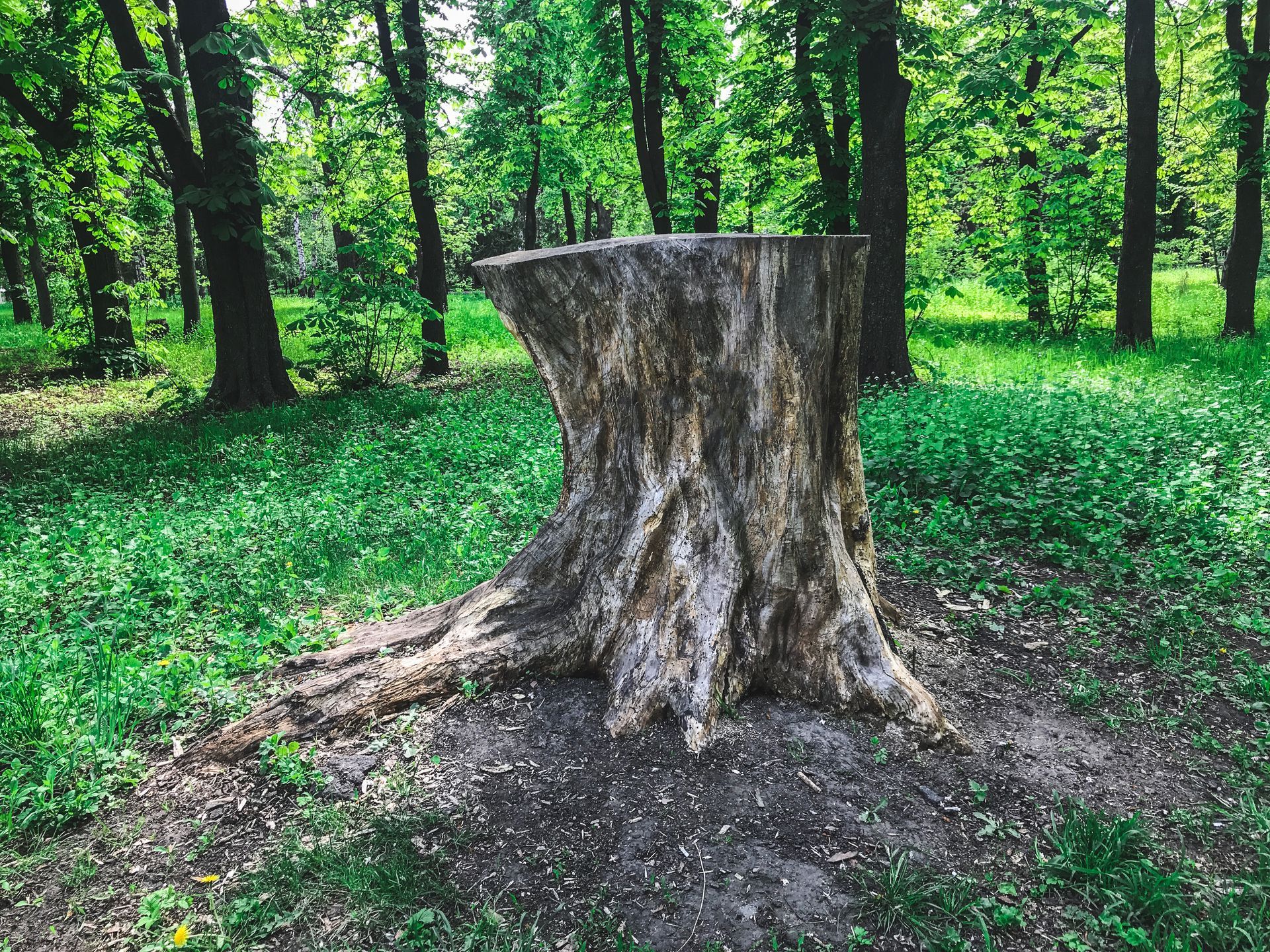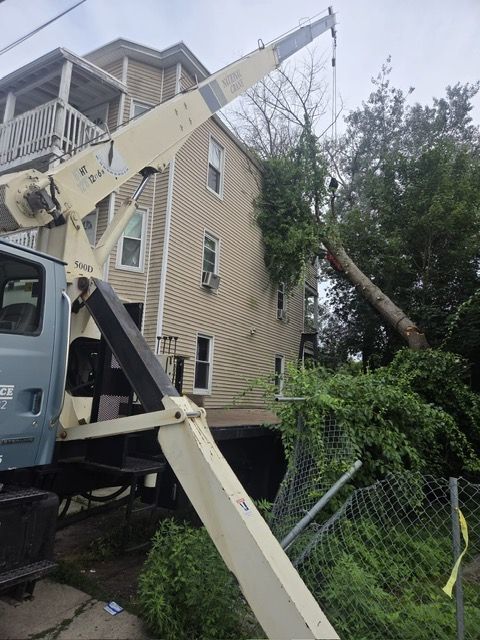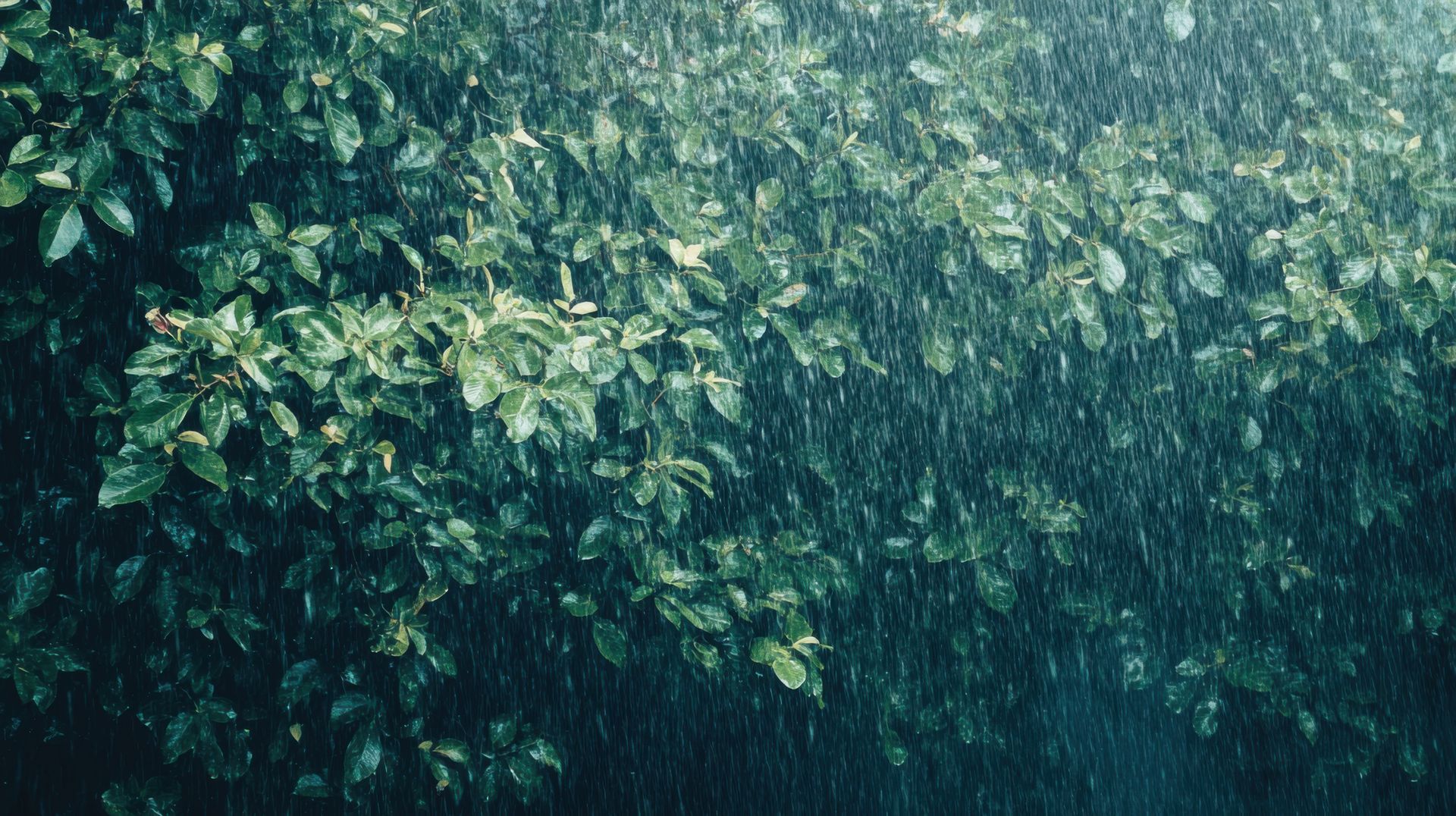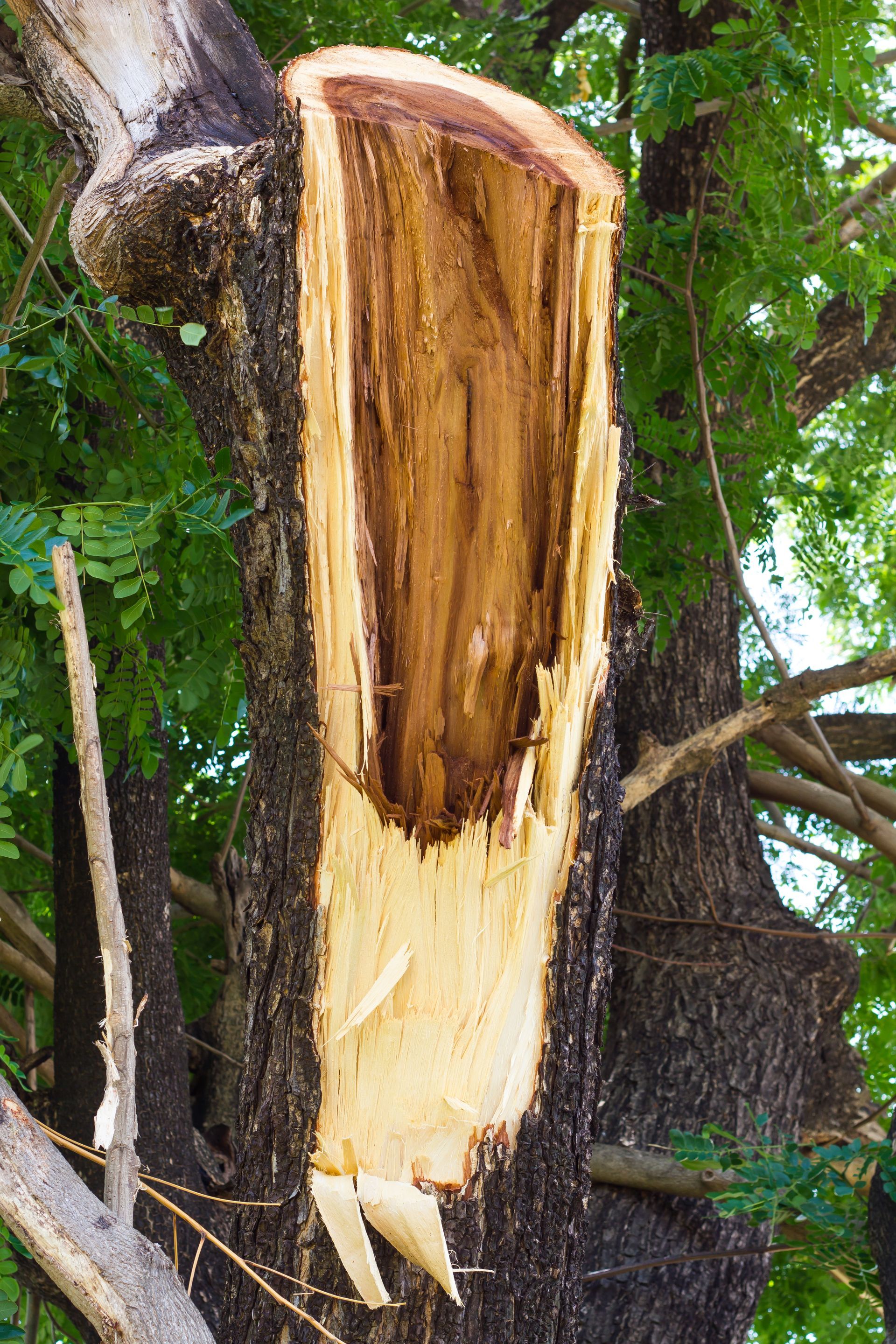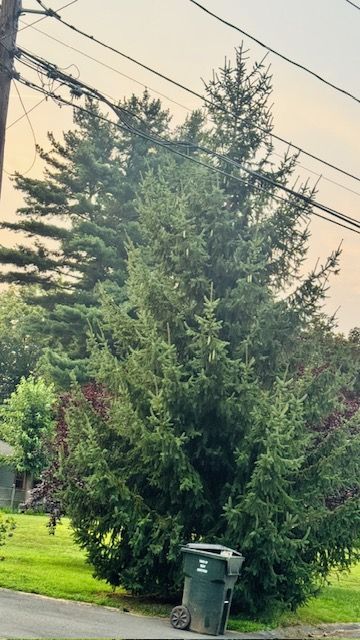Eversource and Trees: What Bloomfield Residents Need to Know About Utility Line Clearing
Eversource and Trees: What Bloomfield Residents Need to Know About Utility Line Clearing
“More than 90% of power outages in Connecticut are caused by tree limbs interfering with power lines.”
That’s straight from Eversource themselves.
And if you live in Bloomfield, you’ve probably seen their crews trimming—or cutting—trees along your street.
Sometimes it’s minor. Other times, it looks like your favorite maple just got hacked by a chainsaw in a hurry.
Homeowners are left wondering:
Is this legal? Who decides how much to cut? And how do I protect the trees on my property?
Let’s break it down. No fluff. Just the facts every Bloomfield homeowner should know about utility line tree trimming and your rights when Eversource shows up.
Why Is Eversource Trimming My Trees?
Short answer:
safety and reliability.
Eversource is legally required to maintain
clearance around their power lines to reduce outages and fire risk.
In Bloomfield, and throughout Connecticut, this usually means maintaining an 8-foot clearance on either side of power lines, up to 15 feet above and below.
That’s a pretty wide margin.
But here’s the thing—Eversource doesn’t just trim branches anymore. In some cases, they may recommend removing entire trees that are too close or structurally unsound.
Do They Need My Permission?
Sort of.
If the tree is
on your private property, Eversource is supposed to contact you
in advance and get your
written permission for anything beyond routine trimming.
They’ll typically leave a Tree Work Notification Card or knock on your door.
⚠️
But if the tree is on public right-of-way or deemed an emergency hazard, they can trim without consent.
That’s where many homeowners get caught off guard.
What If I Don’t Want My Tree Trimmed?
You do have a say—but you need to act fast.
Once you receive notice, you have ten business days to respond. If you object, a municipal tree warden or local authority may step in to review the case.
In Bloomfield, this process is handled through the Department of Public Works. You can contact them directly to voice concerns or request a review.
Here’s the kicker: If you ignore the notice, Eversource may proceed.
The Problem with Utility Trimming (and How to Fix It)
Utility crews aren't arborists.
They’re focused on
clearance, not aesthetics or long-term tree health. That’s why you sometimes see those awkward, one-sided trims that make your tree look like it lost a bar fight.
And improper trimming? It can leave your tree vulnerable to disease, decay, or wind damage.
💡
What you can do:
Hire a
certified arborist (like Boa Bloomfield Tree Service!) to inspect your tree before or after utility work.
We’ll let you know if it’s safe, salvageable, or needs proper pruning to correct utility cuts.
Can I Plant New Trees Under Power Lines?
Yes, but be smart about it.
Eversource recommends
low-growing species that won’t interfere with lines even at maturity.
✅ Good options:
- Dogwood
- Eastern redbud
- Serviceberry
- Japanese maple
🚫 Avoid planting oaks, maples, pines, or other large canopy trees anywhere near utility easements.
Key Takeaways for Bloomfield Homeowners
- Expect Eversource to maintain clearances around power lines regularly.
- They need your permission for major work on private trees—but not for emergencies or public easements.
- Respond quickly if you want to dispute trimming.
- Use professionals to preserve tree health after trimming.
- Plant the right species to avoid future conflicts.
Final Thoughts
Power lines and trees don’t always get along—but with a little planning, they don’t have to be enemies.
If Eversource is eyeing your oak or maple, don’t panic. Just be informed, be proactive, and protect your property wisely.
Need help evaluating a tree near the wires? Or cleaning up after a rough trim job?
📞 Call Boa Bloomfield Tree Service — your local pros in tree preservation, removal, and storm prep.
Let’s keep your landscape safe and beautiful.
